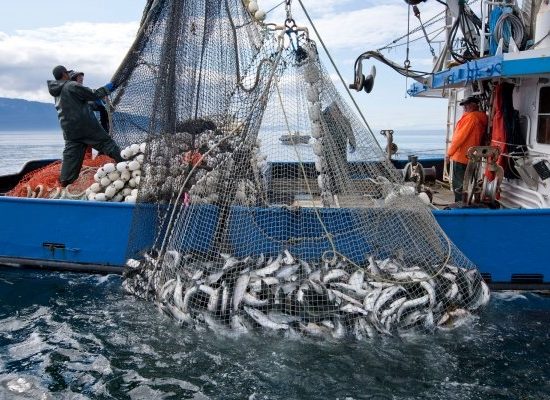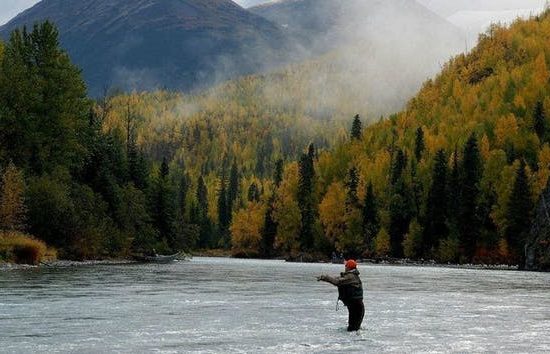Natural gas-rich and revenue-short, Alaska needs to export liquefied natural gas (LNG) as soon as possible and not waste time “…pursuing two projects in competition with each other while ignoring the global competition for LNG markets,” a conservative economic policy think tank said in a report released Wednesday.
The Alaska LNG Project, which involves the state’s major producers, includes a liquefaction plant and terminal in the Nikiski area on the Kenai Peninsula; an 800-mile, 42-inch diameter pipeline; up to eight compression stations; at least five offtake points for in-state gas delivery; and a gas treatment plant to be located on the North Slope (see Daily GPI, May 7, 2014). Gov. Bill Walker has proposed the scale-up of a separate, much smaller project, the Alaska Stand Alone Pipeline (ASAP), to include liquefaction and exports. He has said this is a backup to the Alaska LNG Project (see Daily GPI, March 4).
Critics have charged Walker with threatening the future of the larger project while he has said he is merely trying to keep pressure on the producers.
The new report from the American Council for Capital Formation (ACCF) makes an argument in favor of the larger project and against what some have called a directly competing project, ASAP.
“Since Alaska has to compete for investment in its energy sector with states in the Lower 48, as well as with other countries, it is important that Alaskan officials avoid policy shifts that increase uncertainty and make the Alaska LNG Project potentially less attractive for the private-sector investors in the project,” ACCF said in the report.










